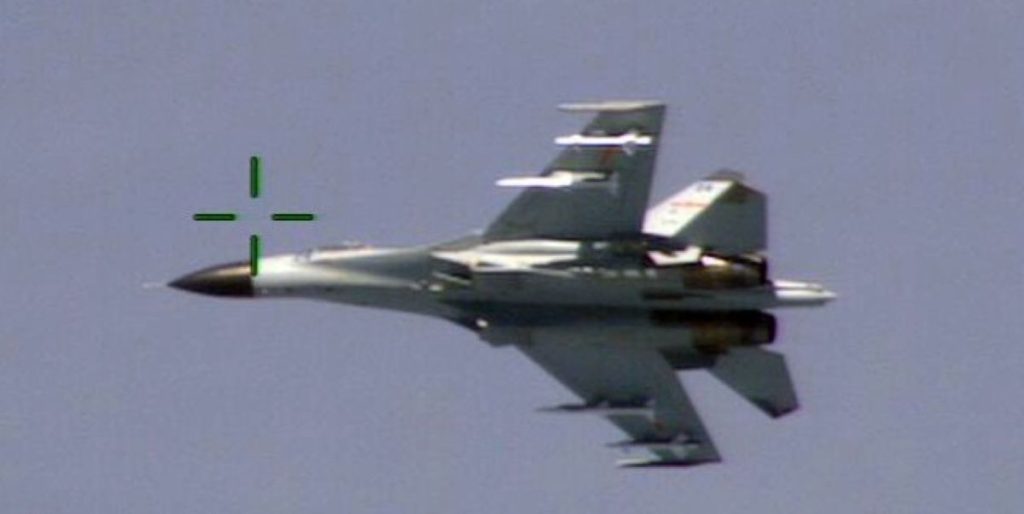While passing through the Taiwan Strait, a British warship was targeted by Chinese jets.
Others are reading now
While passing through the Taiwan Strait, a British warship was targeted by Chinese jets.
Chinese jets simulate kill on Royal Navy warship
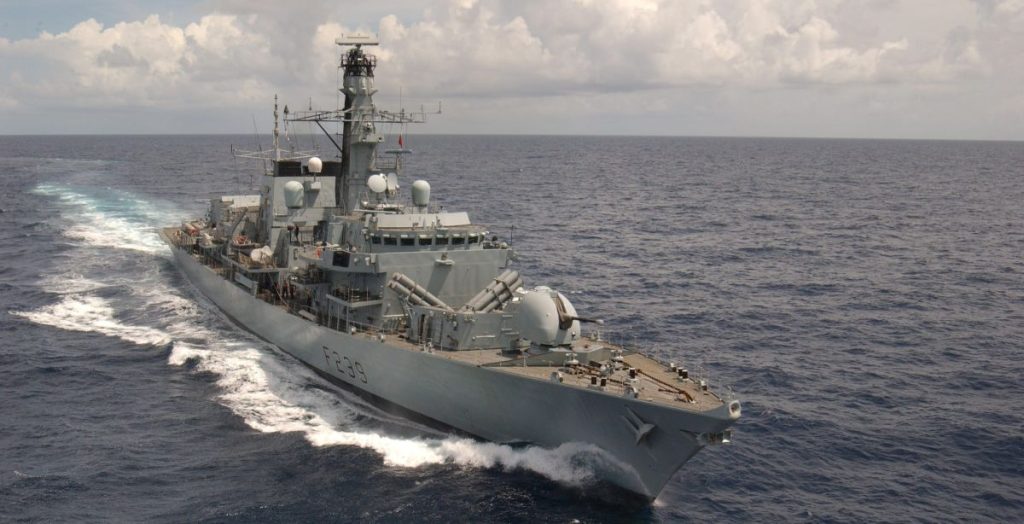
Royal Navy officers described the incident as a “simulated kill” — a missile launch attempt without actually firing.
Those aboard said the pilots were “pretending to kill us.”
HMS Richmond and USS Higgins in formation
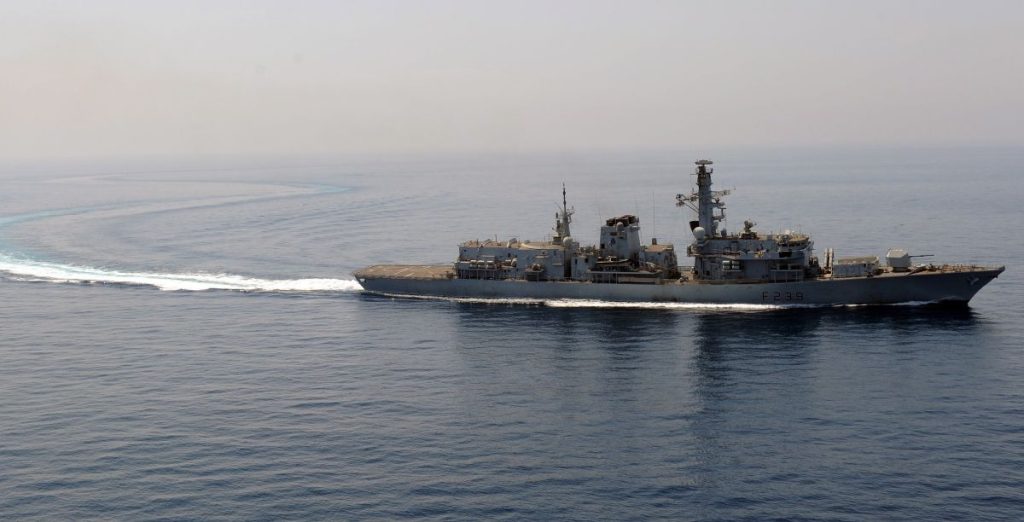
The British frigate HMS Richmond was sailing alongside the US destroyer USS Higgins as part of a carrier strike group.
The British vessel was in the disputed waters when the Chinese jets made their move.
Also read
The area is hotly contested and closely watched by both sides.
“They were trying to harass us,”
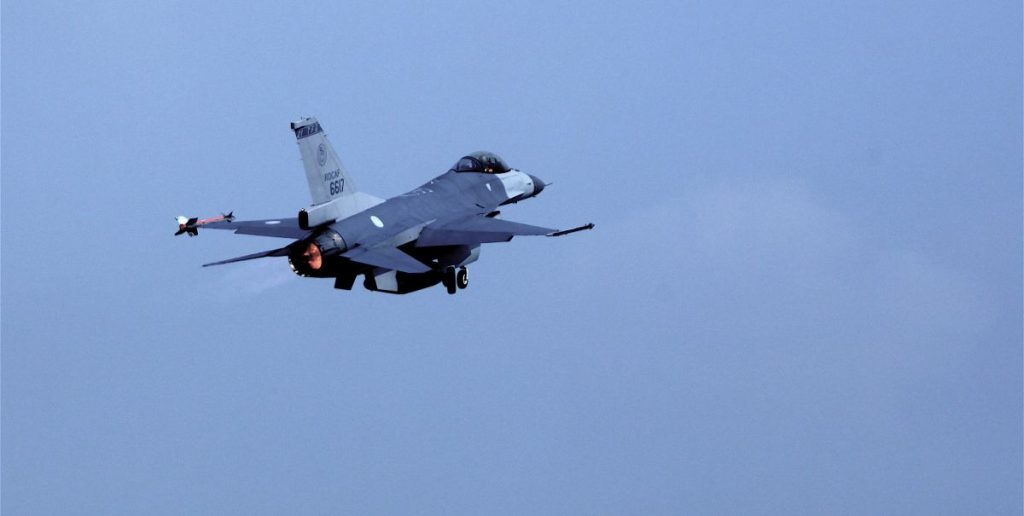
Lieutenant Sub‑Lt Rohan Lewis, aboard HMS Prince of Wales leading the group, reported that four or five jets tried to push the vessels.
He said, “The Chinese were trying to harass us, four or five of them trying to get close.”
It confirms the level of pressure applied.
Information warfare as much as military action
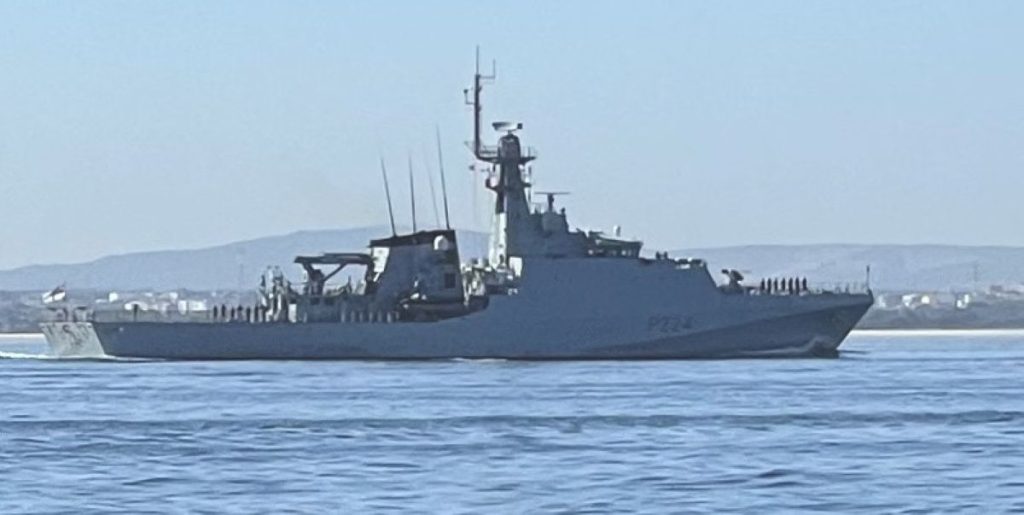
Another officer explained the tactic:
Also read
“They gain height, then pull away and turn at 50 degrees. It’s an info‑war operation – they want us to know they’re targeting us.”
The intention, he suggested, was intimidation more than direct attack.
A “pretend kill” instead of a real strike
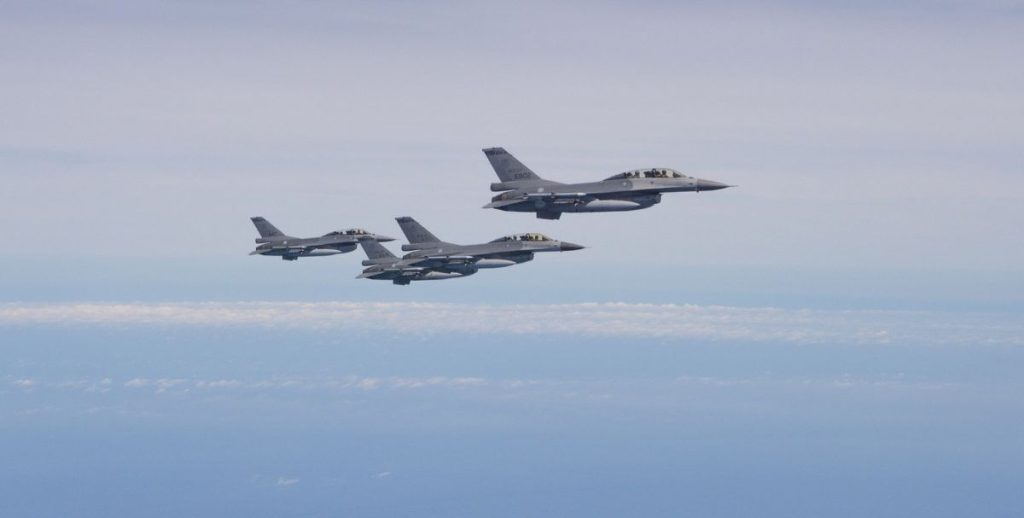
The jets conducted what’s termed a “constructive kill,” implying they simulated firing without discharging weapons.
One senior officer added, “We were expecting a reaction but not of a violent nature – we were confident that they wouldn’t really fire a missile.”
Operation yields unexpected benefits for British forces
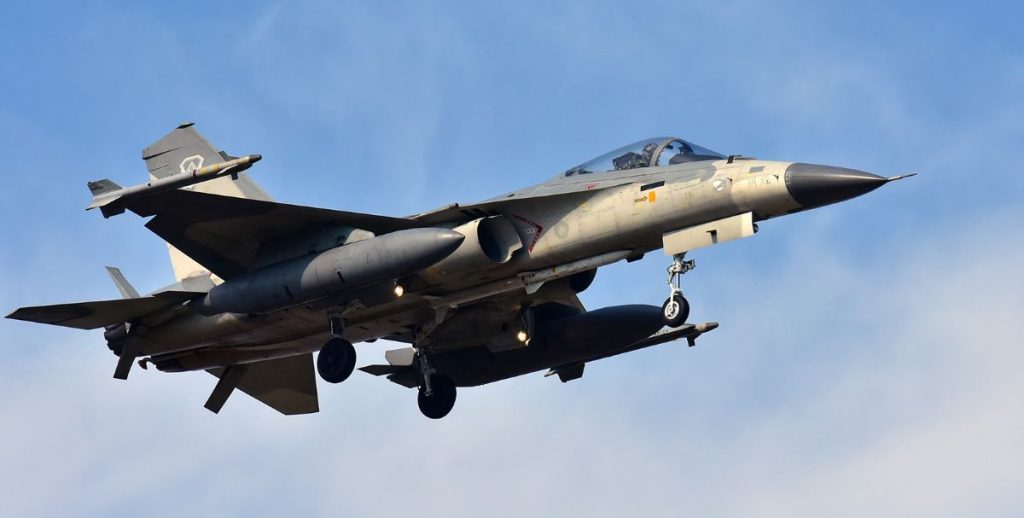
Despite the threat, the British side said the confrontation gave them intelligence value.
Also read
“The experience proved ‘mutually beneficial’,” one officer remarked, suggesting lessons were learned about Chinese jet tactics and response protocols.
Taiwan Strait: international waters in China’s eyes
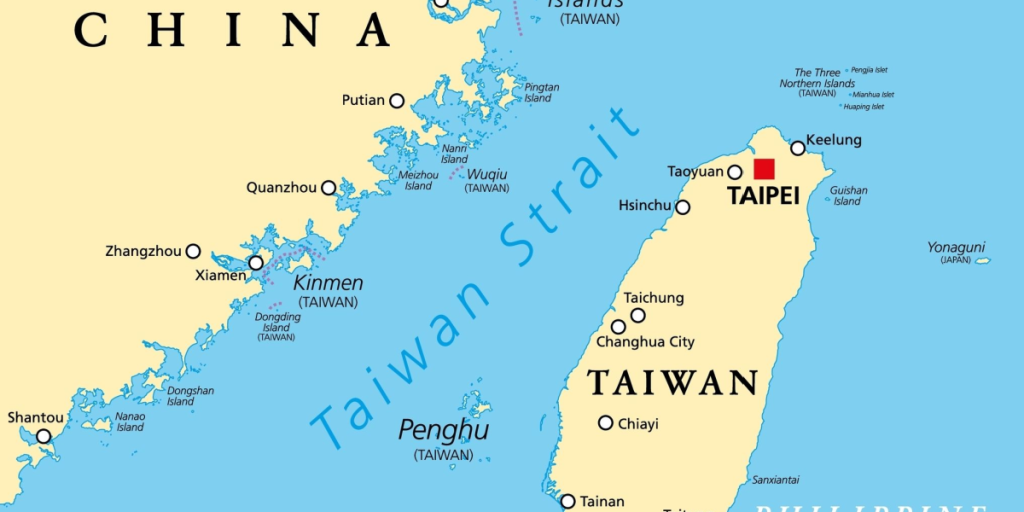
Beijing views much of the Taiwan Strait as its territorial waters, calling the UK–US mission a “harassment and provocation.”
Senior Colonel Shi Yi stated the transit “sent wrong signals and undermined peace and stability in the Taiwan Strait.”
West rejects China’s territorial claims

The US Indo‑Pacific Command emphasized that the ships conducted a “routine Taiwan Strait transit,” operating in waters beyond any coastal state’s territorial claim.
According to Major Jason Welch, “freedoms of navigation and overflight apply in accordance with international law.”
Also read
China claims defensive posturing
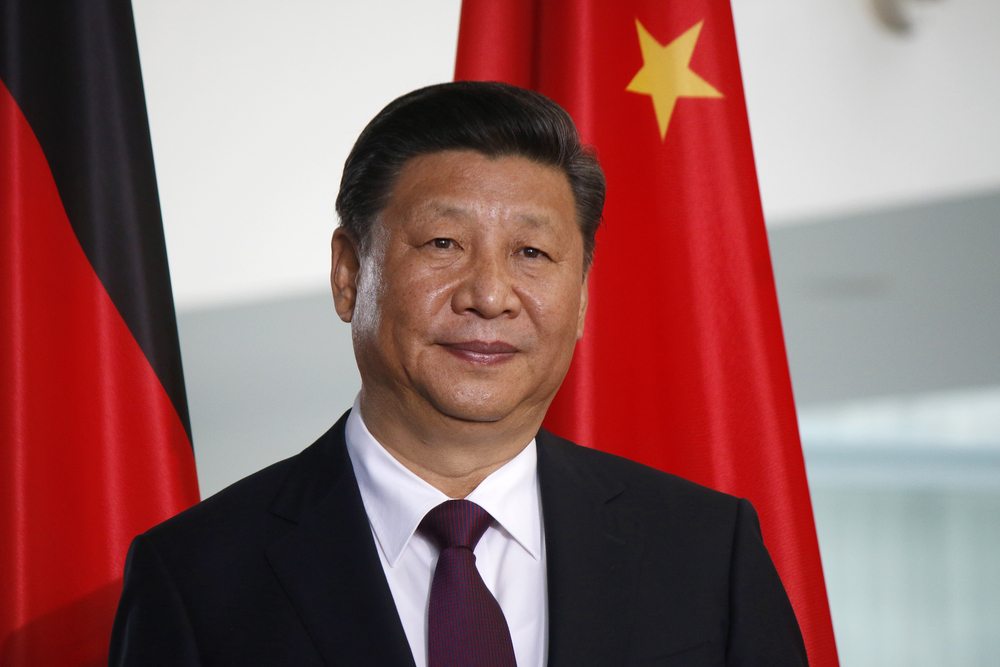
China insists its actions are part of sovereign defense.
The command remains “on high alert and is committed to safeguarding national sovereignty and ensuring regional peace and stability,” said Colonel Shi Yi, positioning their jet maneuvers as justified.
Invasion fears accompany military posturing
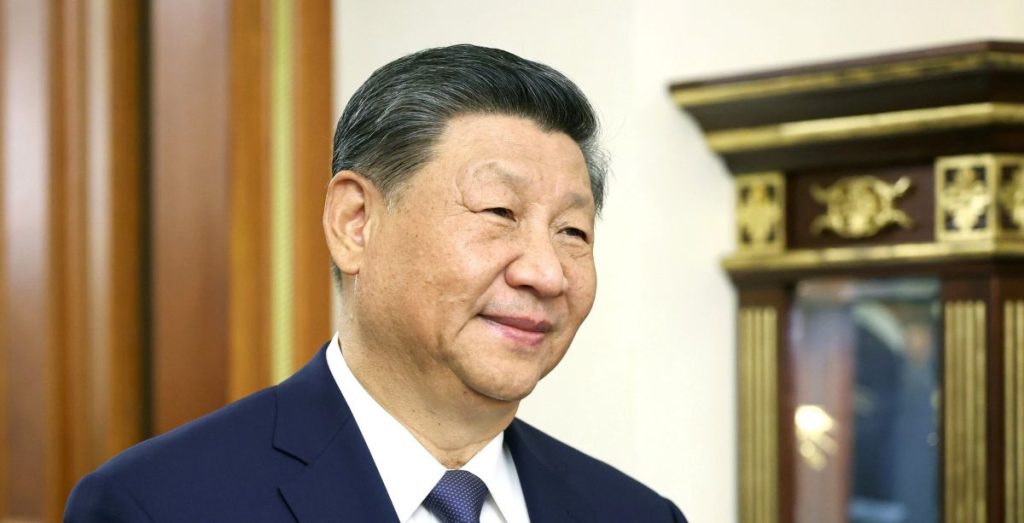
The incident intensifies fears of a potential invasion.
Xi Jinping has refused to rule out forceful annexation of Taiwan, even as Beijing’s military flexing increases.
The region watches nervously as maneuvers escalate.
Also read
Taiwan defends its status
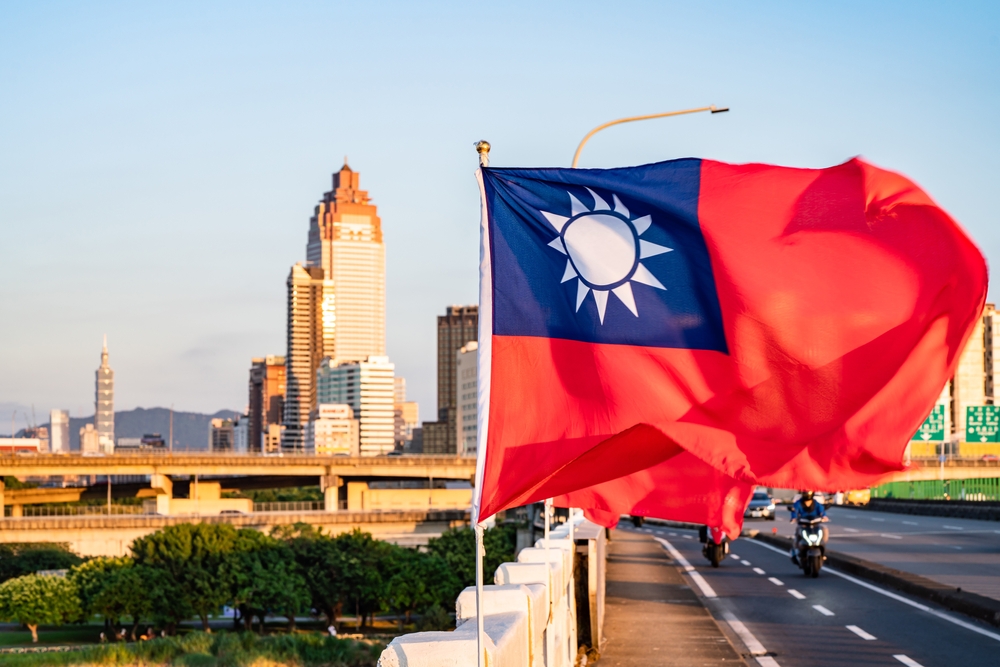
Taiwan maintains it is an independent, self-governing entity, with its own government, military, constitution, and currency.
Beijing, however, views it as a breakaway province that must eventually be unified under China’s rule, even if that requires force.

